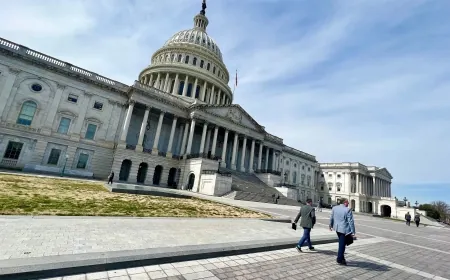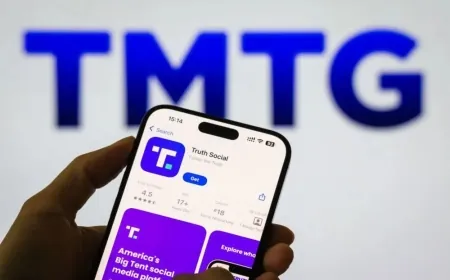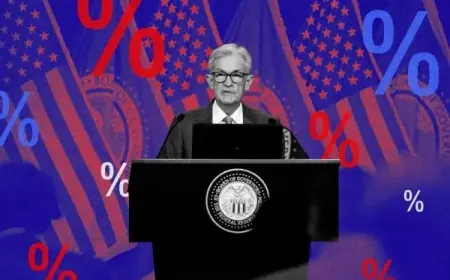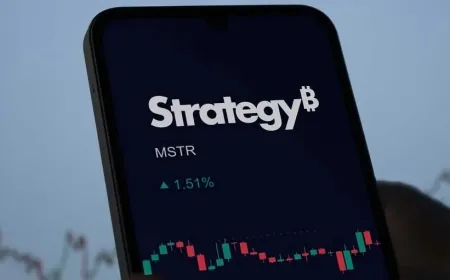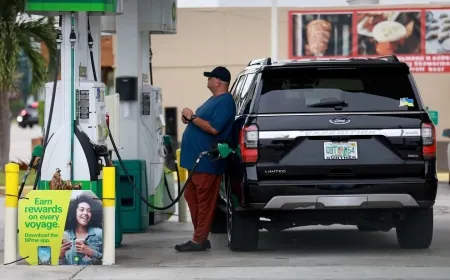Minimum Wage Hikes Take Effect in 12+ U.S. Cities Starting July 2025
Over 880,000 workers get a raise as new minimum wage rates take effect in July 2025. See which cities and states are increasing pay.
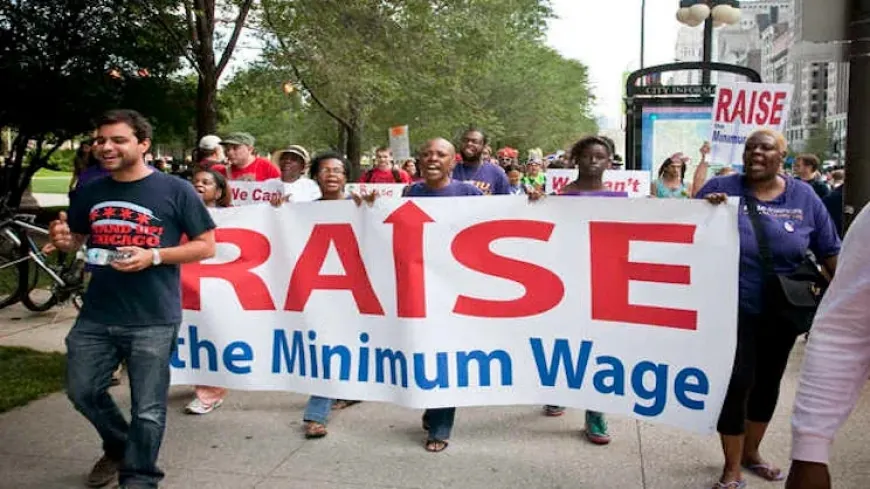
A new wave of minimum wage hikes took effect across the United States on July 1, directly increasing the paychecks of thousands of workers in cities and states where living costs continue to rise.
In the nation's capital, Washington, D.C., hourly wages increased to $17.95—up from $17.50—marking another step in the city’s effort to maintain wage standards in line with inflation and cost of living. For workers juggling the high costs of rent, transportation, and food, this adjustment offers some much-needed breathing room.
Alaska also rolled out a notable increase, lifting its minimum wage from $11.73 to $13.00. This change is part of a broader state commitment to push the rate to $15.00 by 2027. Meanwhile, Oregon adopted a tiered wage system based on geography: $16.30 in the Portland metro area, $15.05 in standard regions, and $14.05 in non-urban counties.
On the West Coast, California saw a cascade of local-level changes. Ten cities and counties, including Los Angeles, Berkeley, and San Francisco, updated their wage rates to keep pace with inflation. In San Francisco, for example, the hourly minimum jumped from $18.67 to $19.18. This means many employees in food service, retail, and hospitality are now earning more at a time when essentials continue to stretch household budgets.
Chicago, the country’s third-largest city, also saw its minimum wage climb—up to $16.60 for businesses with four or more employees. The change reflects the city’s annual cost-of-living adjustment policy and affects thousands of service workers across multiple sectors.
In Washington state, cities like Burien, Everett, and Renton adjusted their minimum wages depending on the size of the business. These cities are part of a growing number of municipalities implementing tailored wage structures that reflect both local economic conditions and business capacity.
The midyear wage bumps follow a broader trend seen earlier this year. On January 1, 21 states and 48 cities implemented similar increases. While most wage changes traditionally begin at the start of the calendar year, a number of jurisdictions opt for midyear updates to better align with legislative cycles or cost-of-living metrics.
The impact of these wage hikes extends far beyond the workers at the bottom of the pay scale. According to labor economists, over 3 million workers will see their earnings rise this year as a direct result of new minimum wage laws. Another 6 million or more—those in slightly higher income brackets—are likely to benefit from upward wage adjustments within company pay structures.
Data shows that nearly 60% of workers affected by the increases are women, and about half are employed full-time. For many, this boost helps cover rising rents, childcare costs, and basic household expenses that have outpaced stagnant wages for years.
While these local and state-level policies are bringing relief to low-wage earners, the federal minimum wage remains stuck at $7.25 per hour—unchanged since 2009. That has intensified calls from labor groups and economists for a federal overhaul, particularly as the gap between earnings and living expenses continues to widen in many parts of the country.
More increases are scheduled throughout the year. Florida, for instance, is set to raise its minimum wage from $13.00 to $14.00 per hour on September 30, part of a gradual hike to $15.00 by 2026 approved by voters in 2020.
| Location | New Rate | Old Rate | Increase | Workers Affected | Avg Annual Gain |
|---|---|---|---|---|---|
| Alaska (statewide) | $13.00 | $11.91 | +$1.09 | ~19,400 | $925 |
| Oregon – Portland Metro | $16.30 | $15.95 | +$0.35 | Included in total | — |
| Oregon – Standard | $15.05 | $14.70 | +$0.35 | Included in total | — |
| Oregon – Non-Urban | $14.05 | $13.70 | +$0.35 | Included in total | — |
| Oregon (statewide total) | — | — | — | ~801,700 | $420 |
| Washington, D.C. | $17.95 | $17.50 | +$0.45 | ~62,200 | $727 |
| San Francisco, CA | $19.18 | $18.67 | +$0.51 | — | — |
| Los Angeles (City) | $17.87 | $17.28 | +$0.59 | — | — |
| Chicago, IL | $16.60 | $16.20 | +$0.40 | — | — |
| Florida (from Sept 30, 2025) | $14.00 | $13.00 | +$1.00 | TBA | — |
- A dash (—) indicates data not officially reported by that jurisdiction.
- Oregon totals include all three zones: Metro, Standard, and Non-Urban.
- Florida’s minimum wage adjustment will take effect on September 30, 2025.
Data compiled by iShook Finance • July 2025
While inflation has retreated from its 2022 high of 9.1%, the financial strain hasn’t eased evenly across the country. Rent, food, and transportation remain stubbornly expensive in many urban areas, leaving low-wage workers still playing catch-up. These latest wage increases aren’t just timely—they’re essential for keeping paychecks more in line with real-world expenses. For workers living paycheck to paycheck, even modest bumps in hourly pay can mean the difference between keeping the lights on or falling behind on rent. In that context, these changes are not just economic policy—they're personal.
Also Read: Minimum Wage Rises in 21 States Across the United States in 2025
|
Follow iShook on Social Media for More Tips and Updates! |














